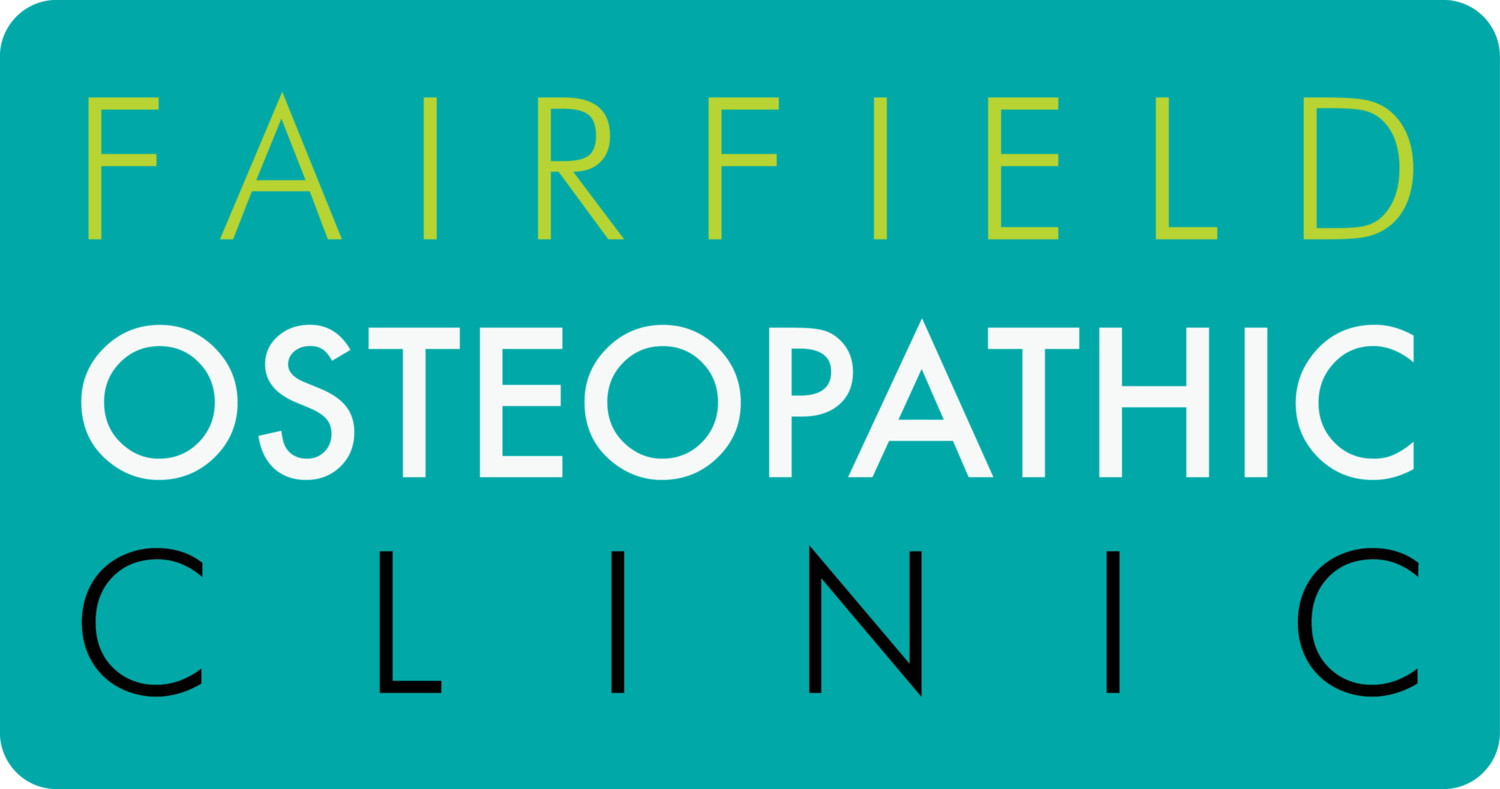Is that a knot in my muscle?
54 year old Barbara has pain extending across the top of the shoulders, frequently extending into the neck. Is it a muscle? Is it a trapped nerve? Or is there something more complex going on? Why didn’t it hurt six months ago?
Surely, the muscles are tight?
They may actually be a bit wound up actually, especially with a little bit of stress in your life. Most of us have experienced a rush of adrenaline in the work place, at home or even crossing the road. Adrenaline is great; it prepares your body to get moving by increasing your heart rate and your breathing so you can send more oxygen to your muscles. The free-floating adrenaline also binds to your muscle spindles, increasing the resting tension so your muscles can burst into action.
Most of the time though, we’re left not bursting into action but taking a deep breath and getting on with not moving.
But is all that tension going to make a knot?
One study specifically found there is no clear evidence of a strong relationship between increased electrical activity of muscles and the development of musculoskeletal disorders (2). Keep in mind this was one study, and the definition of a musculoskeletal disorder might not include Barbara and her sore muscles across the top of her shoulders.
I can definitely feel a knot in there.
There is zero consensus about what that hard lump in the muscle actually is and ‘knot’ seems like a fairly innocuous word to all those other than knitters and sailors. And just like knots in the real world, most are amenable to unwinding given the right intervention.
Bio (Body) Psycho (Brain) Social (Environment/Interaction)
Like many things in the body and pain, the pathophysiological mechanisms remain unclear. We are always more than the sum of our parts and if we look at the risk factors above, you need to find out whether Barbara has stress in the workplace, disappointment in her job, her relationship, whether she has a cold, whether her dog just died and she’s stopped walking, whether her children left her with five grandchildren on the weekend? And then what is her ability to control any or all of these aspects of her professional and personal life?
See the problem? This is why a medical history is important, why Osteopaths ask a lot of questions, why we need to spend more than seven minutes with you to grasp how to help you out of pain. We need to find out what’s tipped you from not even noticing that you’re a bit tight, to not being able to tolerate your shoulder discomfort a moment longer.
Hopefully, it’s as simple as softening off the muscles, turning a computer to a better angle, taking some micro breaks in the workplace and heading out for a daily walk.
Let’s get back to Barbara...
Step One:
take a slow deep breath
drop your shoulders
release the tension
Step Two:
get up from your desk occasionally
wave your arms around or run them quickly on the spot for ten seconds
smile at your colleagues and let them know you’re not crazy
Step Three:
Find some daily exercise that you love
Step Four:
Advise your children you can no longer care for all five grandchildren at once for an entire weekend.
References:
Ratey, John J.,Hagerman, Eric. (2008) Spark :the revolutionary new science of exercise and the brain. New York : Little, Brown,
Westad C, Westgaard RH, De Luca CJ. J Physiol. 2003 Oct 15;552(Pt 2):645-56. Motor unit recruitment and derecruitment induced by brief increase in contraction amplitude of the human trapezius muscle.

